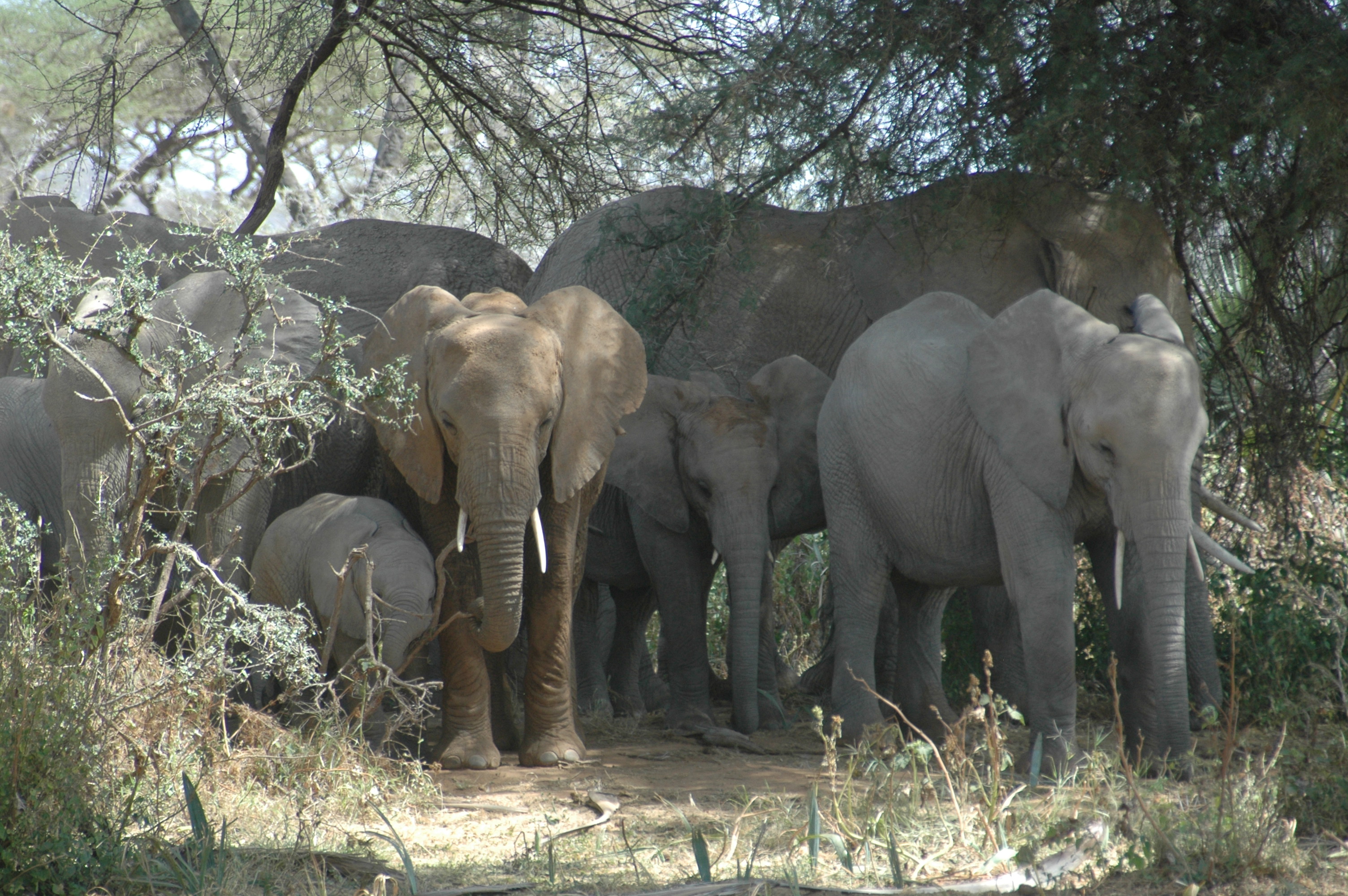
Understanding Social Structure is Important to Rewilding
Study Cites Elephant Reintroduction Programs as a Model for Wildlife Releases
Increasing the success of wildlife translocations is critical, given the escalating global threats to wildlife. A study published in May 2019 in the journal Global Ecology and Conservation highlights the influence of a species’ social structure on translocation success, and it provides a template for incorporating social information in the rehabilitation and release planning process. Using elephants as a model, the study—“Increasing Conservation Translocation Success by Building Social Functionality in Released Populations”—highlights the need to include animal social structure as an integral part of conservation plans, in order to assure better animal welfare and program success.
“Understanding of the complexity of social behavior in both wild and captive populations has greatly expanded over recent years,” says Shifra Goldenberg, Ph.D., Smithsonian Conservation Biology Institute ecologist and San Diego Zoo Institute for Conservation Research fellow. “This information offers valuable insight into the social processes underpinning species’ demography and behavior, and should be applied to enhance the success of their management."
The study offers wildlife managers a framework in which to analyze and evaluate social relationships within a translocation program, which entails evaluation of an individual animal’s social interactions before, during and after human intervention. This framework echoes the recommendations of the International Union for Conservation of Nature (IUCN) as part of its One Plan Approach to Conservation. In addition to detailing how this concept can be applied, the study also uses information gathered from previous translocation efforts for African and Asian elephants to illustrate the need for this approach.
“Elephants are exceptional candidate species for release efforts; despite the support and broader benefits inherent to elephant release projects, elephants are challenging animals to translocate,” says Megan Owen, Ph.D., director of Population Sustainability at the San Diego Zoo Institute for Conservation Research. “Elephants are highly social animals that exhibit frequent fission and fusion in their aggregation patterns. They have clear social preferences among their multigenerational associates, which are usually close relatives, but elephants can establish strong bonds with nonrelatives in the absence of family.”
The paper suggests that improved data collection on individual animal social structure before translocation and rewilding can significantly inform decision-making and increase post-translocation success—including the consideration and mitigation of problems that can arise post translocation, such as human-animal conflict.
“Careful consideration of the ways in which social relationships shape how wildlife use landscapes can be an important tool for conservation translocations, whether the species is territorial and solitary or highly interactive,” adds Goldenberg.
The study was conducted through a collaboration of a number of organizations, including the Smithsonian Conservation Biology Institute, San Diego Zoo Global, Colorado State University and Myanmar Timber Enterprise.














